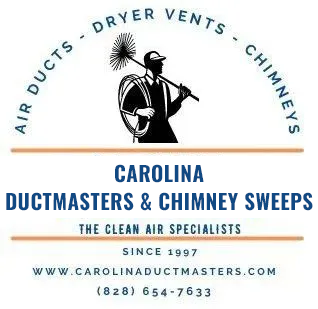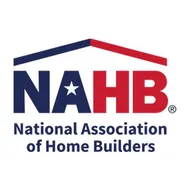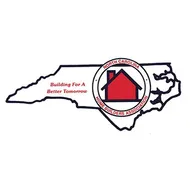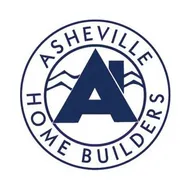Air Duct and Chimney Commonly Asked Questions and Answers
Air Duct Cleaning
-
Are there any health benefits that come from HVAC system cleaning?
Heating, ventilation, and air conditioning (HVAC) systems have been shown to act as a collection source for a variety of contaminants that have the potential to affect health, such as mold, fungi, bacteria, and very small particles of dust and debris. It only follows that having these systems regularly cleaned will benefit the health of those who live in or visit your home.
-
Will HVAC system cleaning reduce our home’s energy bills?
Research by the U.S. EPA has demonstrated that HVAC cleaning in Columbia, SC, may allow systems to run more efficiently by removing debris from sensitive mechanical components. Clean, efficient systems are less likely to break down, have a longer life span, and generally operate more effectively than dirty systems.
-
How should a residential HVAC system be cleaned?
The most effective way to clean air ducts and ventilation systems is to employ source-removal methods of cleaning. This requires a contractor to place equipment into the system to make contact with the debris and remove it with a specialized, powerful vacuum. While the vacuum draws air through the system, devices are inserted into the ducts to dislodge any debris that might be stuck to interior surfaces. The debris can then travel through the ducts to the vacuum, which removes it from the system and the home.
-
How often should residential HVAC systems be cleaned?
The frequency of cleaning depends on several factors, not the least of which is the preference of the homeowner. The industry standard is every two years. Some of the things that may lead a homeowner to consider more frequent cleaning include smokers in the home, pets that shed high amounts of hair and dander, water or soot contamination, and acute forms of allergies or asthma.
Chimney Sweeping
-
What is the necessity of fireplace/chimney cleaning?
Cleaning your fireplace, as well as its flue and chimney area, is necessary to maintain the integrity of the materials and reduce the risk of fire hazards. Proper and regular cleaning allows the proper draft to remove the smoke and gas by removing any soot or ash buildup, as well as removing any debris, such as leaves or animal nests. It also helps reduce the risk of creosote buildup, which is the unburnt residue of wood found in smoke that accumulates inside stoves and flues. This buildup creates a fire hazard because it is highly flammable.
-
How should my fireplace/chimney be cleaned?
In most cases, a chimney/flue will be cleaned from inside the home from the fireplace or stove. A special brush is inserted into the flue and rotated as it is sent to the top of the chimney, knocking off any buildup of ash, debris, or creosote. A vacuum is then used to remove the debris from the home. Proper cleaning should include the cleaning of the firebox, damper, smoke shelf, smoke chamber, and flue, all the way to the top of the chimney.
-
How often should my chimney be cleaned?
If you burn hardwoods, such as oak, or dried wood, you should have your chimney cleaned and inspected at the beginning of each burning season. You may need additional cleanings if used on a regular basis as a heat source. If you burn softwoods, such as pine or green wood, you should have your chimney cleaned after burning a truckload of wood. These soft woods create more ash and soot, which causes a buildup of creosote.
-
What other things are needed to help maintain a safe chimney?
Industry standards recommend the use of a chimney cap and sealed dampers to help prevent the breakdown of fireplaces and chimneys. Chimney caps will keep out rain, snow, and sleet, which will deteriorate terra cotta flue tiles inside the chimney or cause rusting of flue/stove pipes. A cap will keep out animals and birds, leaves, twigs, and other debris that could lead to blockage or chimney fire. Chimney caps also help keep sparks from leaving the chimney and igniting nearby combustibles, and will help eliminate wind-induced downdrafts. Sealed damper systems will help to seal out the cold and keep in the heat, saving you money on energy bills.








